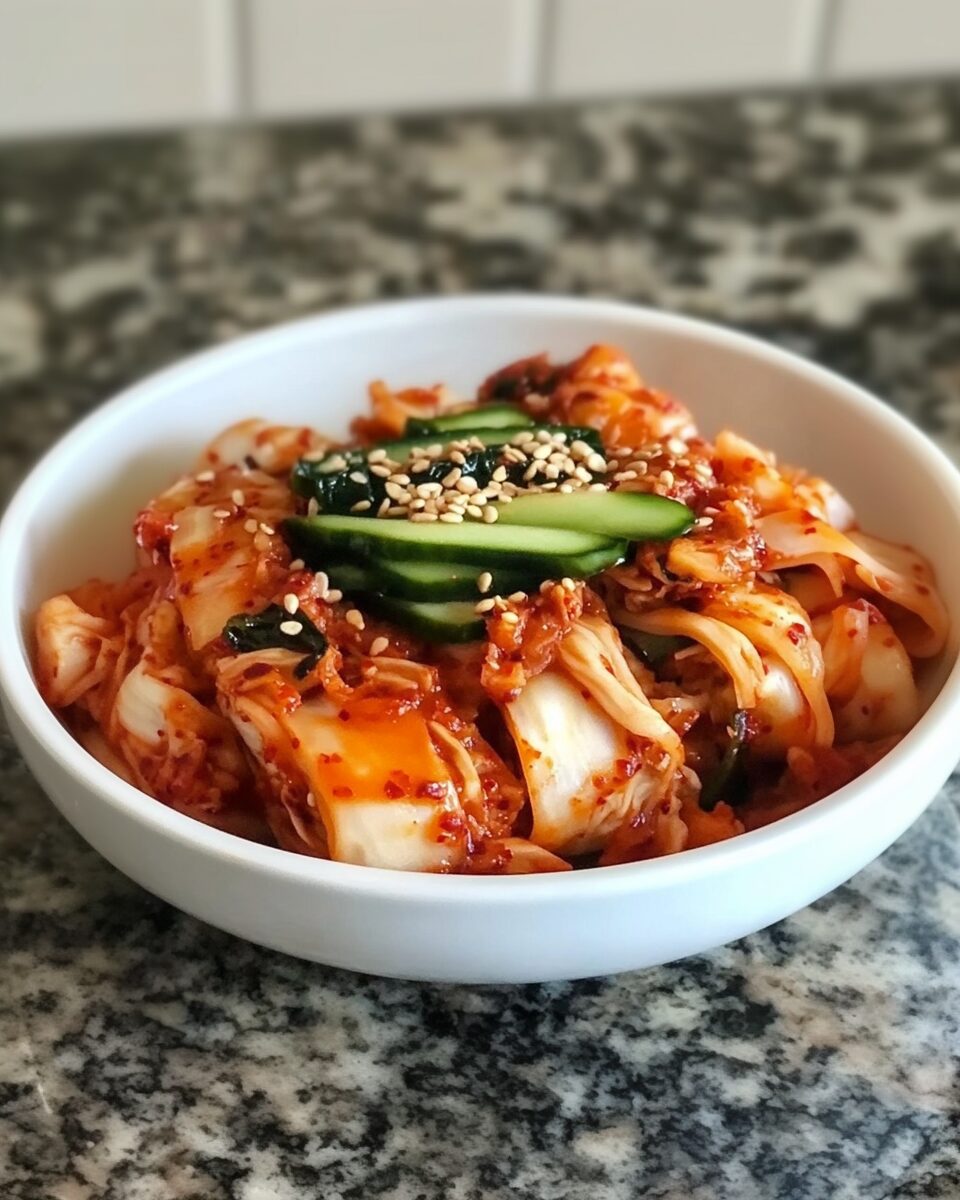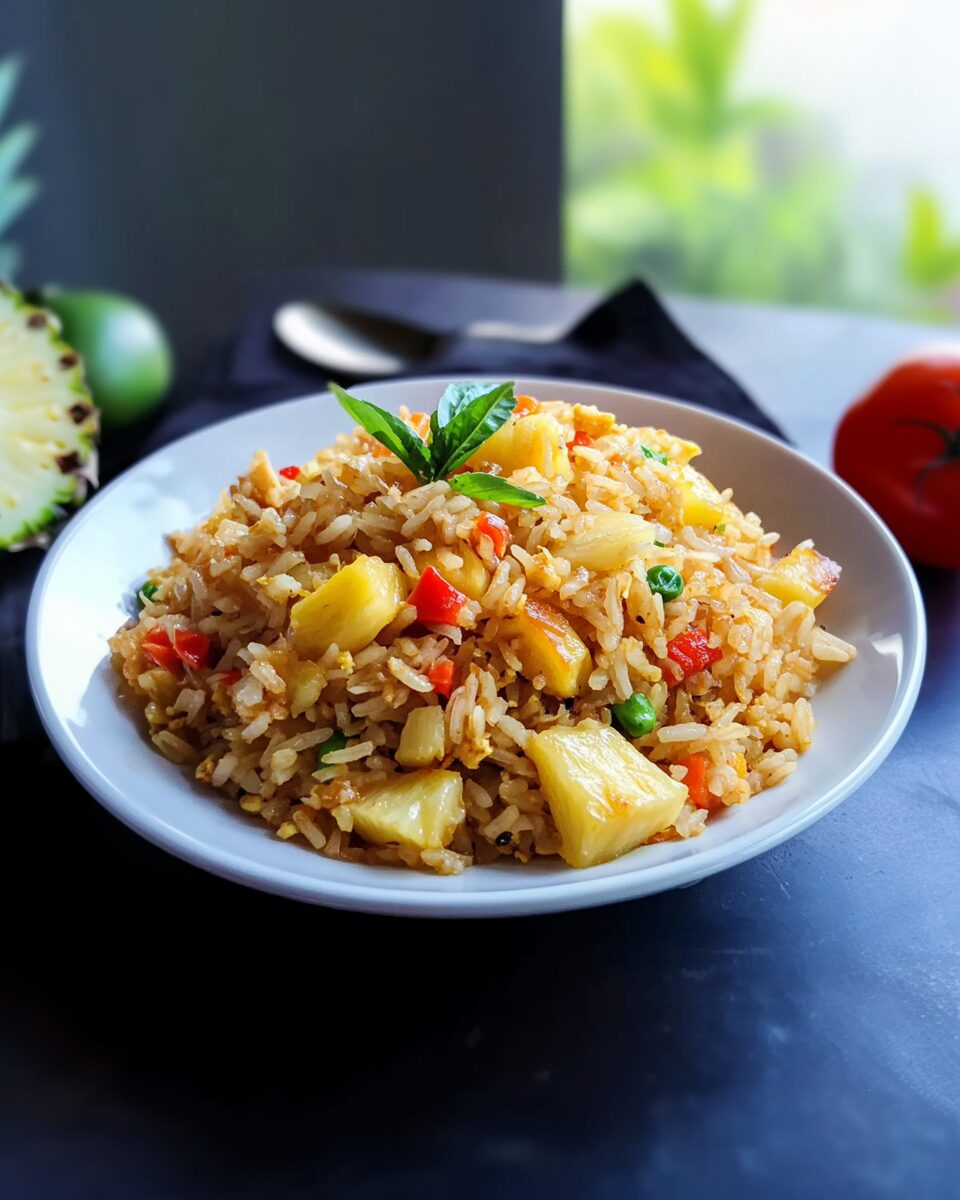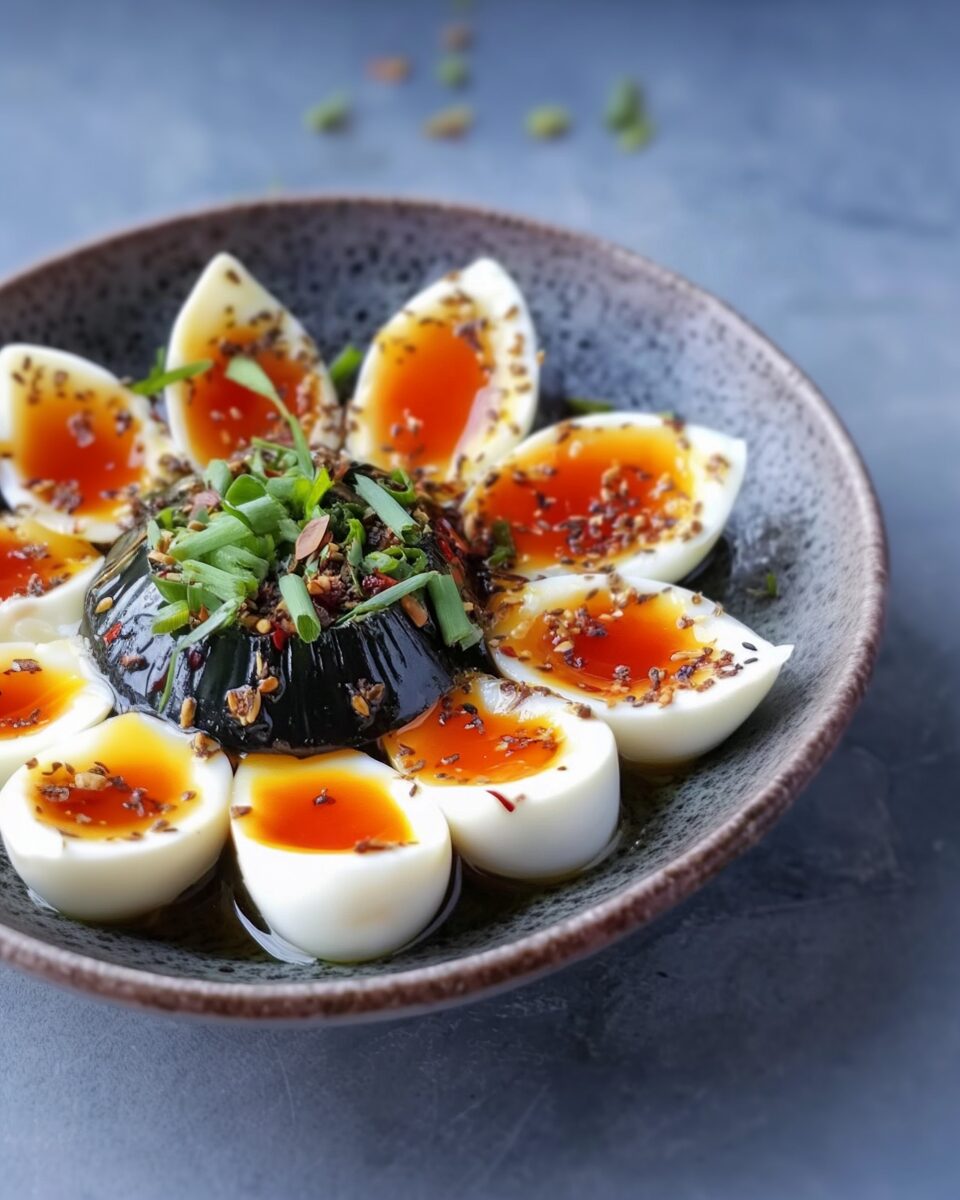Tongbaechu Kimchi, also known as traditional napa cabbage kimchi, is a cornerstone of Korean cuisine. This iconic fermented dish showcases the bold, spicy, and tangy flavors that define Korean culinary culture. Made by salting whole napa cabbages and stuffing them with a flavorful mixture of Korean red pepper flakes, garlic, ginger, fermented seafood, and vegetables, Tongbaechu Kimchi is deeply rooted in tradition. It’s not only a delicious side dish but also a symbol of family, heritage, and seasonal rituals in Korea. Homemade kimchi offers a more authentic, personalized flavor and is an excellent way to connect with the rich culinary history of Korea.
Full Recipe:
Ingredients
- 2 large napa cabbages
- 1½ cups kosher salt
- ½ cup sweet rice flour (mochiko)
- 1½ cups water
- 1 tablespoon sugar
- 1 cup Korean red pepper flakes (gochugaru)
- ½ cup fish sauce
- ¼ cup fermented salted shrimp (saeujeot)
- 10 cloves garlic, minced
- 1 tablespoon grated ginger
- 1 medium onion, minced
- 1 Korean radish (mu), julienned
- 6 green onions, chopped
Directions
- Slice each napa cabbage into quarters lengthwise.
- Sprinkle kosher salt between each leaf of cabbage. Let rest for 4–6 hours, turning every couple of hours.
- While waiting, make the porridge: In a pot, combine sweet rice flour and water. Cook over medium heat, stirring constantly until thick. Let cool.
- Once cooled, add sugar, red pepper flakes, fish sauce, fermented shrimp, garlic, ginger, and onion to the rice porridge. Mix well.
- Stir in the radish and green onions to complete the kimchi stuffing mixture.
- Rinse salted cabbage quarters thoroughly in cold water to remove excess salt. Drain well.
- Gently spread the kimchi mixture between every layer of cabbage, ensuring full coverage.
- Fold each cabbage quarter in half and place them tightly into a container.
- Press down to eliminate air pockets and seal the container.
- Leave at room temperature for 1–2 days to ferment. Then refrigerate and enjoy as it continues to develop flavor over time.
Nutrients (per 100g serving)
- Calories: 19 kcal
- Carbohydrates: 4.1g
- Protein: 1.2g
- Fat: 0.3g
- Fiber: 1.0g
- Sodium: 450mg
- Potassium: 200mg
- Calcium: 30mg
- Iron: 0.5mg
- Vitamin A: 50 IU
- Vitamin C: 5mg
A Rich History and Cultural Significance
Kimchi, the dish that has been enjoyed for centuries, is a testament to the ingenuity and resourcefulness of the Korean people. The origins of kimchi date back to ancient times when early Koreans discovered the benefits of fermenting vegetables. This preservation method was essential for surviving harsh winters when fresh vegetables were not readily available. The concept of fermenting vegetables, especially napa cabbage, spread throughout Korea and became the foundation for many types of kimchi.
Tongbaechu Kimchi, specifically, refers to a style of kimchi made using whole napa cabbage. It is considered a more traditional approach compared to other kimchi varieties that use chopped or sliced cabbage. The napa cabbage is first salted to draw out moisture and soften the leaves, making them more receptive to the flavorful kimchi paste. Once salted, the cabbage is coated with a spicy paste that includes ingredients like garlic, ginger, fish sauce, red pepper flakes (gochugaru), and fermented salted shrimp. This paste is then spread between each leaf of cabbage, allowing the flavors to permeate throughout. The kimchi is then allowed to ferment, developing a distinct tanginess and depth of flavor that is characteristic of good kimchi.
Kimchi plays an essential role in Korean meals, often served as a side dish (banchan) with rice, soups, or stews. It’s a key component of every Korean meal and is enjoyed at almost every meal of the day. Beyond its role in daily meals, kimchi is also integral to Korean celebrations and festivals. For instance, during the cold winter months, many Korean families prepare large quantities of kimchi during the traditional kimchi-making season called “kimjang.” This event is not only about making kimchi for the season but also about bringing families and communities together.
The Health Benefits of Tongbaechu Kimchi
Tongbaechu Kimchi, like other fermented foods, offers several health benefits due to its probiotic content. Fermentation is a process in which microorganisms, such as bacteria, break down food into simpler compounds. During the fermentation of kimchi, beneficial probiotics such as Lactobacillus are created. These probiotics are known for their positive effects on gut health, digestion, and immunity.
The consumption of probiotic-rich foods like kimchi can help balance the gut microbiota by promoting the growth of healthy bacteria while inhibiting the growth of harmful bacteria. A balanced gut microbiome is linked to better digestion, improved immune function, and a reduced risk of gastrointestinal disorders. Probiotics are also believed to support mental health by improving gut-brain communication, potentially alleviating symptoms of stress, anxiety, and depression.
In addition to probiotics, Tongbaechu Kimchi is a rich source of vitamins and minerals, including vitamin C, vitamin A, potassium, and calcium. Vitamin C, for instance, is an antioxidant that helps protect the body against free radicals and supports immune health. Vitamin A is essential for maintaining healthy vision, skin, and mucous membranes. Potassium and calcium are important for maintaining healthy blood pressure and strong bones, respectively.
Kimchi also contains beneficial compounds such as capsaicin, which is found in the red pepper flakes used in the paste. Capsaicin has been shown to have anti-inflammatory properties and may contribute to pain relief and improved metabolism. Moreover, the garlic and ginger in kimchi have antimicrobial and anti-inflammatory properties that can help fight infections and promote overall health.
Making Tongbaechu Kimchi at Home
One of the best ways to experience the full flavor and benefits of Tongbaechu Kimchi is by making it at home. While the process of making kimchi may seem intimidating at first, it is surprisingly simple and requires only a few basic ingredients. The key to making great kimchi lies in the fermentation process, which is influenced by factors such as temperature and timing. The longer the kimchi ferments, the more tangy and complex the flavors become.
When making Tongbaechu Kimchi at home, it’s important to use high-quality ingredients. Fresh napa cabbage, Korean red pepper flakes (gochugaru), and fermented salted shrimp (saeujeot) are the foundation of the flavor. Many kimchi recipes also call for fish sauce, which adds an additional layer of umami to the dish. The garlic and ginger in the kimchi paste provide a sharp, aromatic kick that complements the other ingredients. It’s essential to ensure that the kimchi is packed tightly into jars or containers to avoid air pockets, which can cause spoilage. The kimchi should be stored at room temperature for a day or two to allow fermentation to begin before being transferred to the refrigerator.
Making kimchi at home is a rewarding process that allows you to tailor the flavors to your liking. You can adjust the level of spice by using more or less red pepper flakes, and you can experiment with adding other ingredients like daikon radish, green onions, or even apple slices for a unique twist on the traditional recipe.
How to Enjoy Tongbaechu Kimchi
Tongbaechu Kimchi can be enjoyed in a variety of ways, making it a versatile addition to any meal. The most common way to enjoy kimchi is simply as a side dish, served alongside a bowl of steamed rice or as part of a Korean banchan spread. It pairs beautifully with dishes like bulgogi (Korean BBQ beef), japchae (stir-fried noodles), or galbi (Korean short ribs).
Conclusion: Why Tongbaechu Kimchi is a Must-Have in Your Kitchen
Tongbaechu Kimchi is more than just a traditional Korean dish; it is a culinary masterpiece that represents the heart and soul of Korean food culture. With its unique blend of spicy, tangy, and umami flavors, kimchi elevates any meal and provides a connection to Korean traditions. Its health benefits, particularly from its probiotic content, make it an excellent addition to a balanced diet. Making kimchi at home allows you to experience its full potential while also offering the opportunity to personalize the flavors to your liking.








